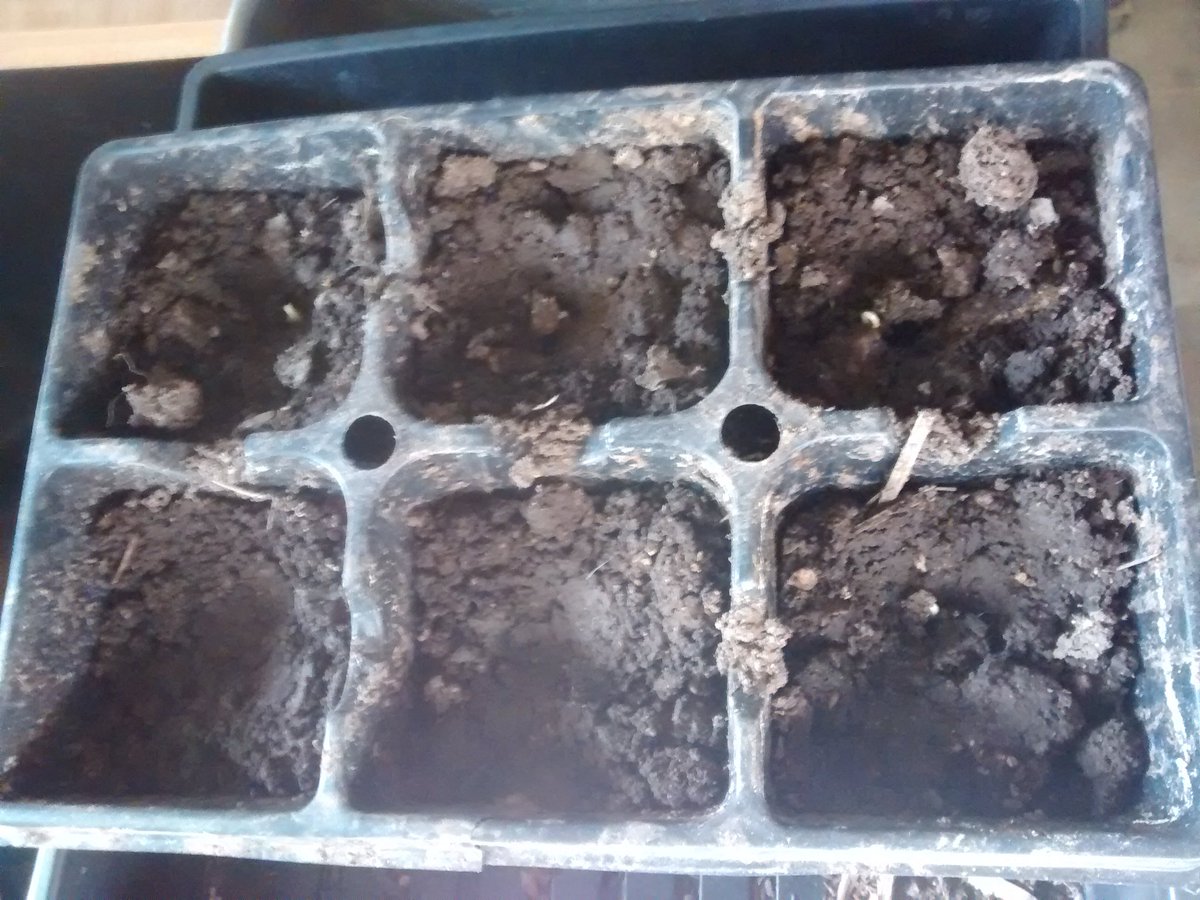A truck driver said later that he and others used the black stuff in their home gardens.
 |
| Previously Undisclosed Radioactive Dump Site Location in the StLouis Region |
Green had worked from 1946 until about 1958 for several small trucking companies that hauled materials for Mallinckrodt Chemical Works in north St. Louis. The company processed uranium for the federal government under contract to the Atomic Energy Commission.
Photo added by Scotty
Supporting Article: http://blog.mohempenergy.org/2016/01/manhattan-project-nuclear-waste.htmlBack to the Article West Lake story: An underground fire, radioactive waste, and governmental failure
It’s not far-fetched to conclude that there are parallels between the West Lake waste problem—created and exacerbated by decades of negligence and denial by the US nuclear weapons program and the agencies responsible for protecting people from its harmful legacy—and the disaster in Flint, Michigan, where citizens have been poisoned by lead-laced drinking water, and their public officials have been slow to respond. In fact, on January 27, the editorial board of the St. Louis Post Dispatch explicitly pointed out those parallels, concluding that “too often, people without power and clout don’t count with government officials. A parallel situation exists here with Bridgeton’s West Lake landfill... After seeing what happened in Flint, it comes as no surprise that they doubt government’s will to find a permanent solution.”
Responsibility for the radioactive legacy in north St. Louis County rests squarely on the US government, because the problem there was born of production of the first nuclear weapons. At minimum, the first order of business should be for the Corps of Engineers to remove as much of the West Lake landfill wastes as possible and contain the rest, to protect nearby communities and the drinking water they draw from the Missouri River.
Thank You for stopping by-Share and Comment below.
If additional information in needed or you have a question let me know. Together we can make a difference and create a future that will benefit everyone.














